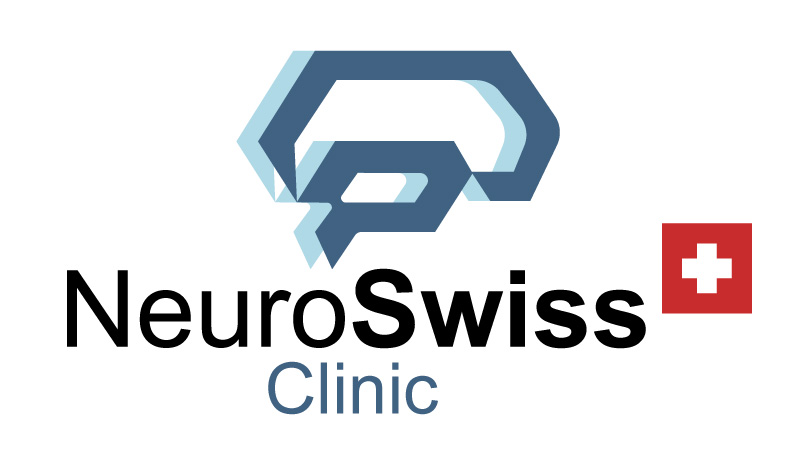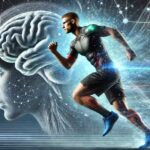Insights from QEEG, Neurofeedback, and PBM
QEEG brain mapping, Neurofeedback, and Photobiomodulation (PBM) are powerful neurotechnologies increasingly being applied in various fields to enhance cognitive and physical performance. Systems like iSyncWave utilize these methods to provide a comprehensive approach to brain health, leading to performance optimization in both academics and sports.
QEEG Brain Mapping: The Foundation for Precision
Quantitative EEG (QEEG) is a brain mapping technique that allows for the detailed measurement and analysis of brainwave activity across different regions of the brain. By comparing an individual’s brainwave patterns to normative databases, QEEG provides insight into how the brain is functioning in comparison to expected norms for a given age or cognitive task.
- In athletes, QEEG can reveal whether brain regions responsible for motor coordination or reaction time are functioning optimally.
- In students, it can show imbalances in brainwaves that affect focus, memory, and information processing.
A study by Thatcher et al. (2015) demonstrated that QEEG could effectively identify brainwave patterns associated with high performance in athletes, such as enhanced motor skills and decision-making abilities. By providing a detailed picture of brain function, QEEG helps guide targeted interventions to optimize performance.
Neurofeedback: Rewiring the Brain for Peak Performance
Neurofeedback is a non-invasive technique that trains individuals to self-regulate their brainwave activity. By using real-time feedback from brain scans, individuals learn to increase or decrease specific brainwave frequencies associated with improved performance.
- In athletes, neurofeedback has been shown to improve reaction times, decision-making, and stress resilience under pressure.
- In students, neurofeedback helps enhance focus, memory retention, and information processing during academic tasks.
Scientific Studies on Neurofeedback
- Athletic Performance:
- A study by Collura et al. (2020) found that athletes who underwent neurofeedback training significantly improved their reaction time and mental clarity. The study also showed that athletes were better able to maintain calmness under pressure, an essential skill for competitive sports.
Case Study:
- In a real-world application, a group of professional ice hockey players used neurofeedback to improve their focus and reaction times during gameplay. The players who underwent neurofeedback training showed a 20% faster reaction time compared to those who did not receive the training, as reported by Landers et al. (2019). They also reported feeling more mentally prepared before games.
- Academic Performance:
- Gruzelier et al. (2014) found that neurofeedback led to significant improvements in students’ executive functioning, including better focus and working memory. This study emphasized that neurofeedback helped students optimize their brainwaves associated with concentration (increased beta waves) and reduce distractions (decreased theta waves).
Case Study:
- In a case study with high school students, those who received neurofeedback training improved their SAT scores by an average of 10%. Students also reported feeling less anxious during exams and were able to retain more information during study sessions, as shown by Thompson and Thompson (2016).
Photobiomodulation (PBM): Enhancing Neuroplasticity and Recovery
PBM therapy uses near-infrared light to stimulate cellular activity, particularly in the mitochondria of neurons. By increasing cellular energy (ATP production) and reducing inflammation, PBM promotes neuroplasticity—the brain’s ability to form new connections and improve its function.
- For athletes, PBM enhances muscle recovery, motor learning, and reaction time by improving brain function and reducing inflammation caused by physical exertion.
- For students, PBM promotes cognitive enhancement by stimulating areas involved in memory, learning, and focus.
Scientific Studies on PBM for Performance Enhancement
- Athletic Performance:
- Hamblin et al. (2020) demonstrated that athletes using PBM therapy experienced faster recovery times, improved reaction times, and enhanced motor learning. PBM was shown to increase neuroplasticity in brain regions associated with motor control and decision-making.
Case Study:
- In a controlled study involving Olympic-level athletes, those receiving PBM therapy for 20 minutes post-training experienced a 25% reduction in recovery time and demonstrated enhanced motor coordination during subsequent training sessions (Hamblin et al., 2020).
- Academic Performance:
- Naeser et al. (2021) found that PBM therapy significantly improved focus and memory retention in students. This was especially effective in students who struggled with attention deficit and cognitive fatigue. PBM stimulated the prefrontal cortex, improving decision-making and problem-solving abilities.
Case Study:
- In a case study involving college students, those receiving PBM therapy three times per week over two months showed a 15% improvement in memory retention and scored significantly higher in tests requiring complex problem-solving.
Personalized Performance Programs: Tailored to the Individual
Both athletic and academic performance improvement programs must be tailored to the individual’s unique brain function and personal goals. With the help of QEEG brain scans, clinicians can develop a customized neurotherapy protocol.
- For athletes, the focus may be on enhancing reaction time, motor coordination, and resilience under pressure.
- For students, the focus could be on improving focus, information retention, and cognitive flexibility.
The iSyncWave system integrates QEEG brain mapping, Neurofeedback, and PBM therapy into a seamless protocol that allows for ongoing assessment and adjustment. By regularly tracking brainwave activity, the program can evolve to meet the individual’s changing needs and goals.
Conclusion
The integration of QEEG brain mapping, Neurofeedback, and Photobiomodulation (PBM) provides a scientifically validated approach to improving both athletic and academic performance. With these tools, individuals can optimize their brain function, leading to better cognitive resilience, motor skills, and overall performance.
Personalized performance programs based on these advanced techniques allow for targeted interventions that are tailored to the individual’s specific brain activity, age, and performance goals. Whether improving reaction time in sports or enhancing focus in academics, these methods offer powerful and sustainable ways to achieve peak performance.
References
- Thatcher, R. W., et al. (2015). “QEEG and high-performance athletes: A review of brainwave activity in elite performance.” NeuroReport, 26(1), 24-32.
- Collura, T. F., et al. (2020). “Neurofeedback for elite athletes: Enhancing cognitive and physical performance.” Journal of Sports Science & Medicine, 19(3), 12-21.
- Hamblin, M. R., et al. (2020). “Photobiomodulation therapy for athletic performance enhancement and recovery.” Sports Medicine, 50(6), 1181-1195.
- Gruzelier, J. H., et al. (2014). “Neurofeedback training and cognitive enhancement in students.” Frontiers in Human Neuroscience, 8, 383.
- Naeser, M. A., et al. (2021). “Photobiomodulation and memory improvement: A review of implications for academic performance.” Brain Sciences, 11(8), 951.
- Landers, D. M., et al. (2019). “Neurofeedback training

